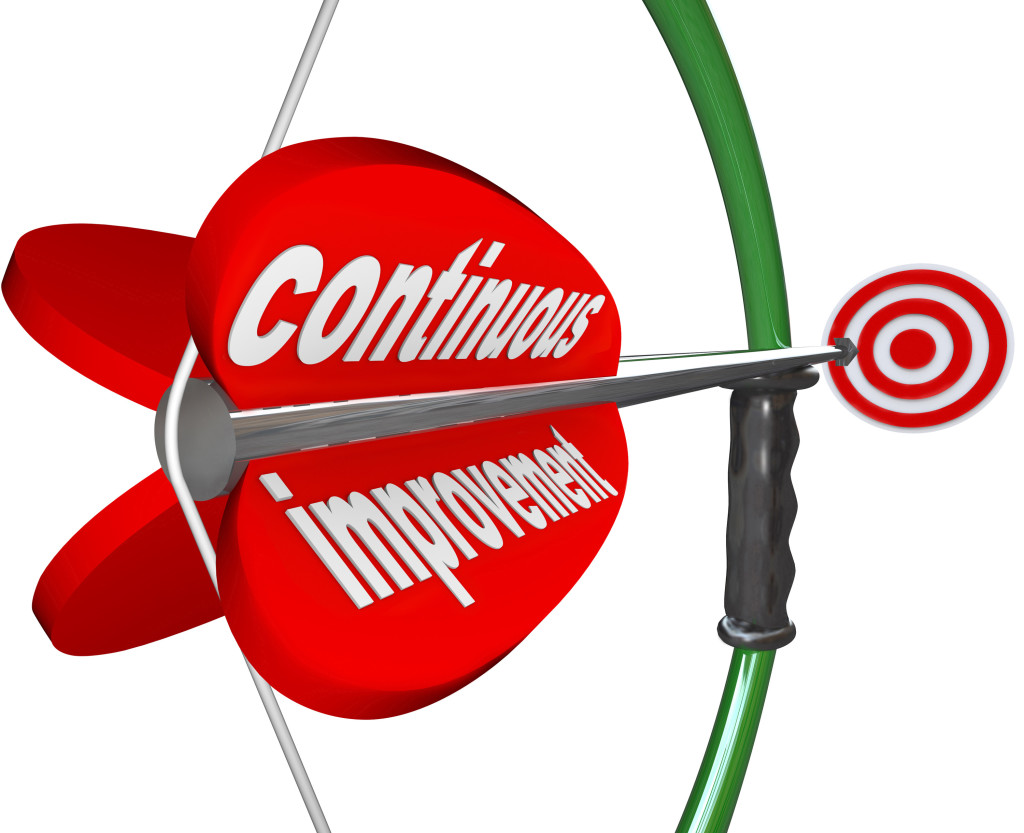Problem management is the only process that provides specific tools for continuous improvement. But if any organization wants to improve why it’s so difficult implement it?
The Problem Management process is themost specific to the continuous improvement of ITIL processes proposed. It is a resource that is associated with many others, such as Incident Management, Capacity Management and Change Management. It is a key step that formalizes the system of identifying actual or potential failures and materializes them into opportunities for improvement.
The reason why is difficult to implement, is that relates to the range of procedures that must interact. For example:
- The analysis of reactive history of incidents can identify repeating patterns that suggest the creation of a problem record to undo this repetition.
- Proactive analysis of the evolution of the resources needed to provide a service from the data, it is possible to identify trends which, if not corrected or taken into account will end causing incidents, which also suggests the creation of a registry problem.
- The revisions after implementation of changes are also another entry point for the process. What could have been done better in managing change to be more effective?
This large number of interfaces with other processes is one reason for the difficulty in implementing the management problems, since there are usually many participants in all these processes and, therefore, the responsibility ultimately becomes diluted.
For this reason, it is essential to establish specific capabilities for problem management to assume responsibility and leadership in search of quality and continuous improvement.
The second big problem is that the resources allocated to the management of problems usually are shared with others processes. For example: technicians investigating the root cause of a problem usually second or third technique line incident management.
However, when the short term is pressing, as other example, for the high load of existing incidents, the medium term seems postponed indefinitely. The urgent (resolving incidents) leaves no room for what matters: the resolution of the problems.
The only way possible at this point is try to attribute properly resources to the management of problem that are not shared, at least in the majority with other processes.
While you can’t rely on this resources devoted to management of problems without especially answer tasks for the Management of incidents the deployment will fail and not achieve its goals. Think about it!

